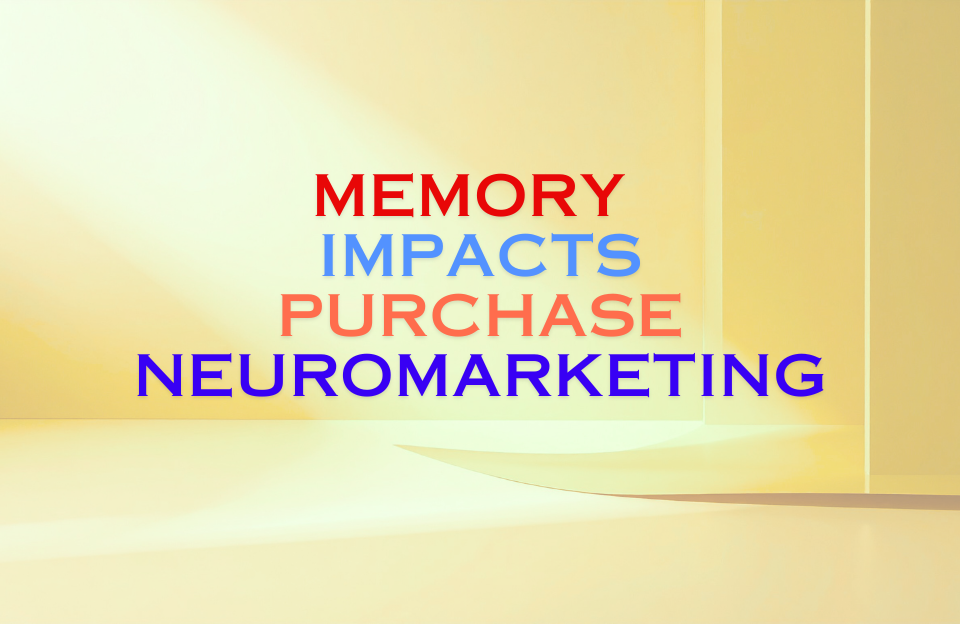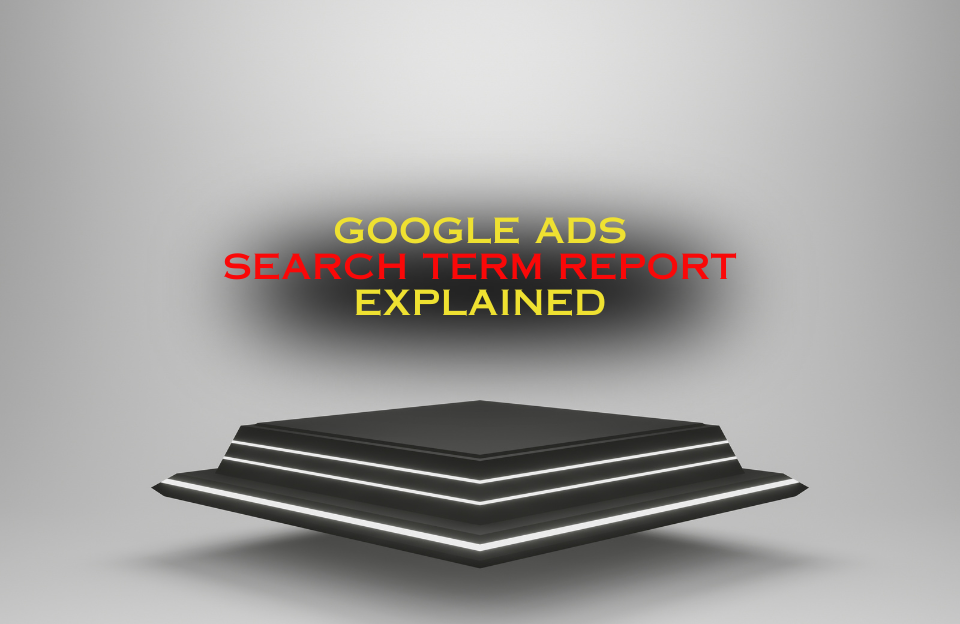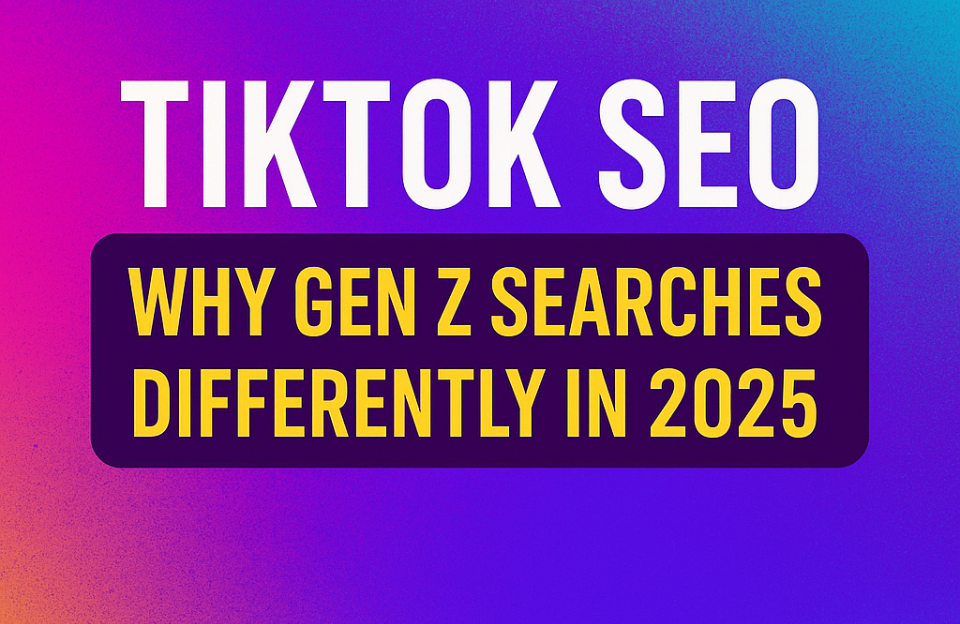Imagine walking through a crowded store or scrolling past dozens of online products. Why do you pick one brand over another, even when you’re not consciously thinking about it? The answer lies in memory. More specifically: emotionally-charged brand memories.
In the crowded marketplace of modern marketing, memory impacts purchase more than we realize. Brands that create memorable experiences, especially emotional ones are far more likely to be recalled at the point of sale, tipping the scale in their favor when it matters most.
The Brain’s Shortcut: Memory in Decision-Making
Buying decisions often happen in seconds. There’s no time for research, rational comparison, or product evaluation. Instead, our brain reaches into its archive of past experiences, pulling out whatever is most accessible, familiar, or emotionally meaningful.
This is due to how our memory system works. Neurologically, the brain encodes and stores experiences that are:
- Emotionally charged – Joy, fear, surprise, nostalgia
- Repetitive – Seen multiple times across channels
- Visually distinctive – Bold colors, logos, or shapes
- Personal or relatable – Connected to our own stories
The more emotionally engaging the brand encounter is, the deeper it’s stored—and the more likely it resurfaces when we’re ready to buy.
Emotion Strengthens Memory
Neuroscience research confirms that emotional arousal enhances memory retention. The amygdala, a brain structure linked to emotion, interacts with the hippocampus (memory center) to “tag” emotional experiences as important. This makes them easier to retrieve later—especially in purchase situations where time and attention are limited.
This is why we remember the brand that made us laugh during a Super Bowl ad—but forget the one that just listed product specs. Emotion makes messages stick.
Why Brand Recall Wins the Sale
Shoppers often choose the first brand that comes to mind. This phenomenon is known as top-of-mind awareness. Even in competitive categories, brands with emotionally anchored memories are more likely to:
- Be recognized faster
- Be perceived as trustworthy or familiar
- Trigger positive associations
- Convert without heavy persuasion
Think about brands like Nike, Apple, or Ben & Jerry’s. Their emotional storytelling and values create memories that resurface when consumers make buying decisions—even unconsciously.
Examples of Emotional Memory in Action
- Coca-Cola: Nostalgia-driven holiday campaigns create emotional rituals that last decades.
- IKEA: Taps into life moments: first apartments, new babies, moving embedding the brand in personal milestones.
- Dove: Evokes body positivity and self-acceptance, which connects with deeper identity-based emotions.
How to Build Emotional Brand Memories
Memory creation doesn’t happen by accident, it’s designed. To make your brand unforgettable:
- Tell stories, not just features: Stories activate both cognitive and emotional areas of the brain.
- Use multi-sensory branding: Visuals, sound, even scent (e.g., Lush stores) help form stronger memory traces.
- Repeat, repeat, repeat: Repetition across different contexts helps memories solidify.
- Connect to values: Emotions tied to identity and belief systems are more powerful and long-lasting.
The Power of Memory at the Moment of Truth
At the “moment of truth” when a consumer stands in front of the shelf or scrolls through a product list logic rarely dominates. Instead, past experiences quietly take over. That one ad, that one feeling, that one brand that meant something… it comes back. And it wins the sale.
This is what makes neuromarketing so powerful: it helps you design experiences that don’t just engage for a moment, but echo in the mind at the exact moment your customer needs you.
Conclusion: Make Your Brand Memorable, Emotionally
Memory is the bridge between marketing and sales. It connects past experiences to present actions. When your brand creates emotional memories, it becomes easier to recall and harder to resist when it matters most.
Don’t just aim for clicks or likes. Aim for lasting impressions. Because when emotion meets memory, purchase follows naturally.




